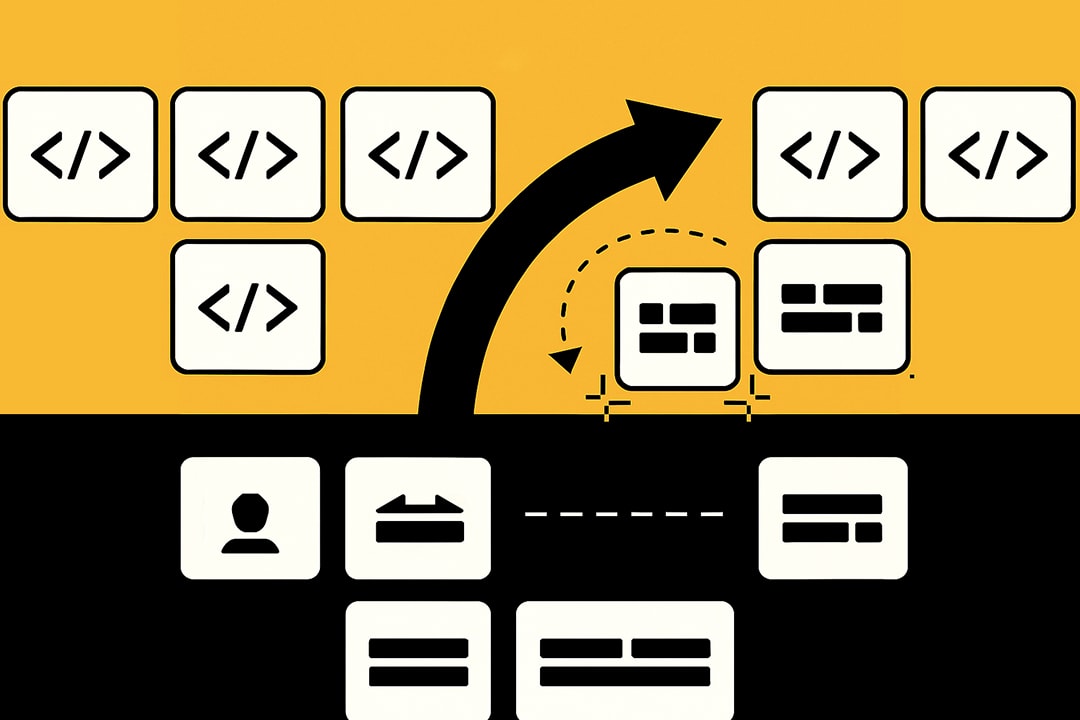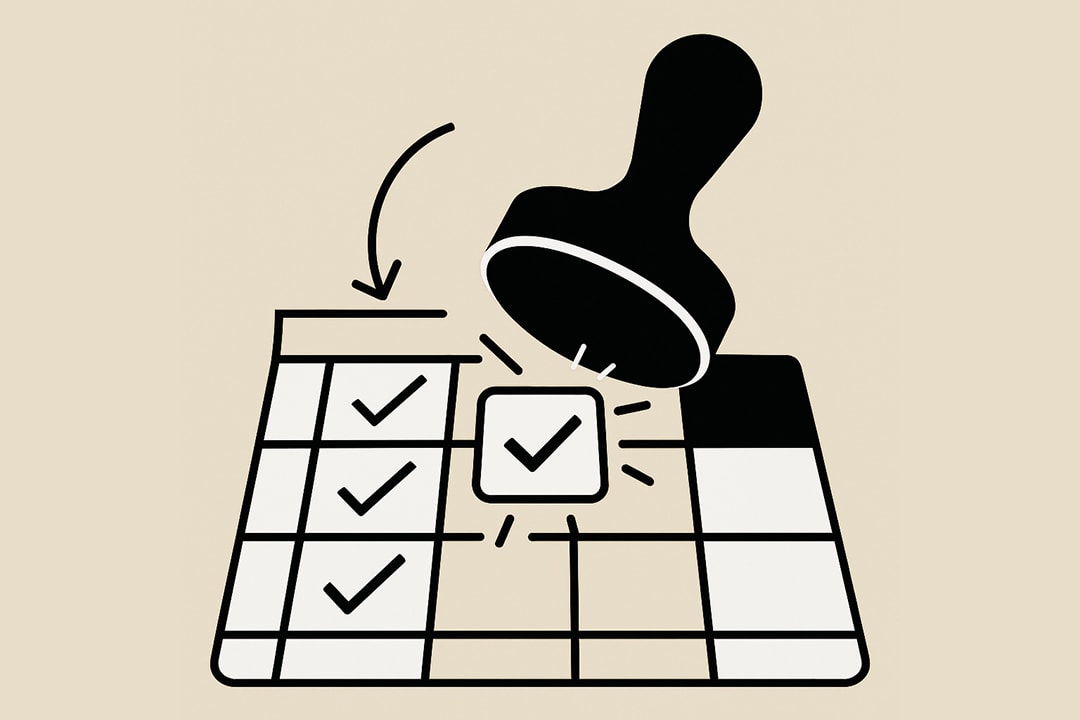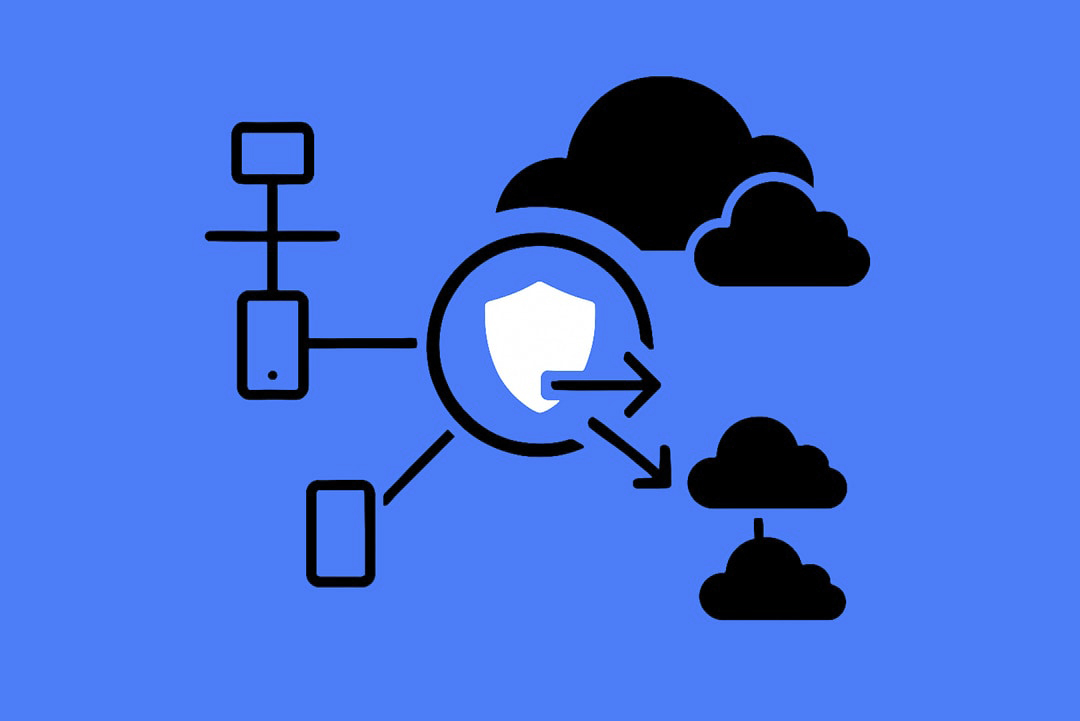How AI is transforming legacy code maintenance
Unlock practical strategies for modernizing legacy code with AI. This guide offers a phased framework, key implementation tips, and risk mitigation insights tailored for IT leaders facing real-world challenges.

Why legacy code modernization needs AI
Legacy code isn’t just old—it’s essential and, frankly, a ticking time bomb for many enterprises. Over 70% of organizations still depend on these systems for their core business, but maintaining them eats up to 80% of IT budgets.
As seasoned developers retire, finding anyone willing (or able) to decipher decades-old code gets tougher. Add security gaps and compliance headaches, and the risk profile becomes impossible to ignore.
AI is changing the game. It’s not making legacy disappear, but it’s making it manageable.
Modern AI tools can scan and summarize complex codebases, translating cryptic logic into plain language. Leading research shows AI can identify the purpose of undocumented code with over 80% accuracy. Organizations adopting these tools are slashing onboarding and documentation time by up to 40%.
But this isn’t just about efficiency. AI-driven modernization is pragmatic, not radical.
Instead of risky rewrites, teams can triage, explain, document, and refactor code step by step—reducing risk and retaining control. As regulatory and security pressures mount, AI offers a way forward: up to 30% lower maintenance costs and double the speed for modernization projects.
AI isn’t a magic wand, but for IT leaders, it’s the most credible ally yet in making legacy code safer, smarter, and future-proof.
A phased framework for AI-Assisted legacy code maintenance
Legacy modernization without a plan is a recipe for chaos. The smartest IT leaders know that incremental, disciplined modernization is how you tame the beast.
AI transforms that stepwise approach from wishful thinking into a practical, repeatable strategy. Here’s how a phased framework can make legacy code not just manageable, but genuinely improvable.
Phase 1
Triage and Codebase Assessment
- Use AI-powered code analysis tools to quickly scan and map legacy codebases.
- Flag high-risk modules, tightly coupled components, and areas with heavy technical debt.
- Identify complexity, duplicated logic, and dead code.
- Pair automated analysis with expert review to validate and prioritize findings.
- Set modernization priorities based on business impact and actual risk.
Phase 2
Explain and Document
- Deploy AI models to generate plain-English explanations of code logic, data flows, and integration points.
- Create or update documentation automatically—making onboarding and knowledge transfer easier.
- Blend AI-generated drafts with peer reviews to ensure clarity and accuracy.
- Capture tribal knowledge and eliminate bottlenecks caused by key-person dependencies.
- Realize up to 40% cuts in documentation and training time (IBM).
Phase 3
Refactor and Optimize
- Leverage AI suggestions to break up monoliths, modularize code, and replace deprecated libraries.
- Use AI-powered code translation tools to convert legacy languages (like COBOL or FORTRAN) into modern stacks.
- Start with low-risk modules and deploy changes in sandboxed environments.
- Integrate automated testing to catch regressions before they reach production.
- Focus on iterative improvement, not risky wholesale rewrites.
Phase 4
Continuous Improvement and Governance
- Monitor technical debt and code quality continuously using AI-driven analytics.
- Automate documentation updates and code assessments as systems evolve.
- Embed AI checks and documentation steps directly into CI/CD pipelines.
- Establish robust governance—peer reviews, sign-offs, and audit trails for all AI-generated changes.
- Ensure compliance, quality, and transparency for every modernization effort.
Making it work: Best practices
- Tool Selection: Don’t just chase shiny objects. Evaluate AI tools for explainability, security, and integration with your existing stack. The leading solutions—GitHub Copilot, IBM CodeNet, and Google Gemini—offer strong ecosystems and robust support.
- Pilot Before Scaling: Start with a contained, low-risk codebase to benchmark results and build confidence.
- Human in the Loop: AI is a force multiplier, not a replacement. Peer review, testing, and sign-off are non-negotiable, especially for critical systems.
- Share Knowledge: Use AI-generated documentation to onboard new talent and preserve institutional wisdom as staff transitions occur.
A phased framework doesn’t just reduce risk. It gives IT teams a repeatable playbook for wrangling legacy code on their own terms. With the right blend of AI and human expertise, even the most intimidating codebases can be made clear, safe, and ready for what’s next.
Implementation Techniques
Modernizing legacy code with AI isn’t about flipping a switch. Success depends on choosing the right tools, piloting smart, and building a culture where AI and human expertise work together. Here’s how to keep things focused and efficient:
Tool selection
- Prioritize AI tools that are explainable, secure, and integrate smoothly with your existing stack.
- Look for solutions with robust vendor support and an active ecosystem—think GitHub Copilot, IBM CodeNet, or Google Gemini.
- Evaluate tools for regulatory compliance and data privacy, especially if you’re handling sensitive or regulated workloads.
Pilot projects
- Start small. Select a low-risk, self-contained codebase to test your AI toolset.
- Define clear success metrics: documentation quality, onboarding speed, refactoring accuracy, and reduction in manual hours.
- Gather feedback aggressively from everyone involved—developers, QA, and operations—to surface issues early and iterate quickly.
Change management
- Upskill your teams on AI best practices and risks. Provide ongoing training, not just one-off workshops.
- Set clear expectations: AI augments, but does not replace, expert judgment and peer review.
- Foster a culture of transparency where AI outputs are challenged, tested, and improved collaboratively—especially for mission-critical systems.
Risk mitigation & staff transition guidance
AI can be a powerhouse for legacy code modernization, but without a strong grip on risk and people, it’s easy to create more problems than you solve. Here’s how to stay steady in the storm.
Protect critical systems
- Never fully automate changes on mission-critical code. For anything touching the core, require dual sign-off and thorough peer review.
- Use AI for triage and suggestions, but always validate with senior engineers before deploying changes.
- Maintain robust rollback plans and automated backups for every modernization cycle—no exceptions.
Smooth staff transitions
- Capture institutional knowledge before it walks out the door. Use AI-generated documentation to document workflows, business logic, and integration quirks as veteran staff prepare to retire or move roles.
- Pair AI documentation with mentorship between outgoing and incoming team members. The mix of machine and human context helps new staff ramp up faster and more confidently.
- Store all documentation, diagrams, and AI-generated code explanations in accessible, version-controlled repositories to prevent future knowledge gaps.
Stay secure and compliant
- Choose AI tools that meet your industry’s compliance standards, such as GDPR, FedRAMP, or sector-specific regulations.
- Regularly audit both code and the AI-generated outputs for security vulnerabilities, especially when dealing with sensitive data or critical infrastructure.
- Keep a clear audit trail for all AI-assisted changes, including who reviewed and approved each one, to satisfy both internal and external auditors.
Consensus & contrasting views
The conversation around AI-powered legacy code modernization is as lively as you’d expect from a field where risk, business continuity, and engineering pride are on the line. While most IT leaders agree on the fundamentals, there are sharp divides on how far and how fast to push the technology.
Where the consensus lies
- AI Drives Real Efficiency: Nearly everyone acknowledges that AI-assisted analysis, documentation, and code refactoring are cutting hours and costs from modernization projects. Studies show organizations slashing onboarding and documentation time by up to 40%, with maintenance costs dropping as much as 30% (IBM, Abt Global).
- Human Oversight Is Non-Negotiable: Across the board, leaders and experts insist that AI should augment, not replace, human review. The risks of blindly accepting AI-generated changes—especially in mission-critical systems—are simply too high.
- Incremental Modernization Wins: The phased, stepwise approach is widely seen as the safest strategy, allowing teams to manage risk, build confidence, and preserve business continuity.
Where the debates get fierce
- Technical Debt—Solved or Multiplied? Some see AI as a way to finally tackle technical debt at scale. Others warn that, if left unchecked, AI-generated code could actually accelerate the accumulation of new technical debt or introduce subtle bugs (LeadDev).
- Full vs. Partial Automation: There’s disagreement on how much autonomy to give AI. Progressive teams experiment with more end-to-end automation in non-critical areas, while risk-averse shops stick to using AI as an assistant, never an architect.
- Quality and Explainability: A vocal minority remains skeptical about the explainability of AI-driven suggestions. They argue that without clear, auditable logic, AI outputs can be hard to trust—especially when compliance or high reliability is at stake.





